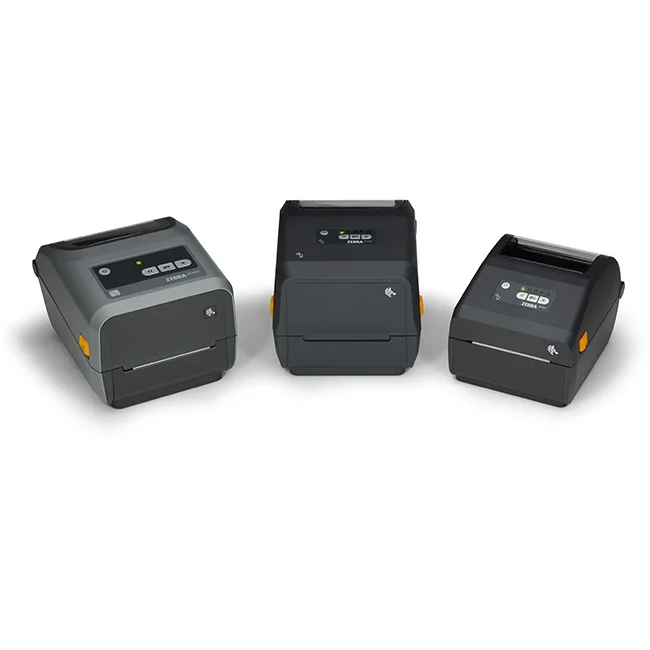In today’s dynamic food industry, the importance of food labels has soared as consumers become increasingly health-conscious and ingredient-aware. These labels serve as vital sources of information, offering consumers essential details about the products they consume, ranging from nutritional content to allergen warnings. Yet, behind the scenes, label printers play a crucial role in ensuring that these labels are accurate, compliant, and visually appealing. In this article, we will delve into the intricacies of food labels printer and explore the technology behind label printers.
Understanding Food Labels:
Food labels are not mere adornments on packaging; they are communication tools between food manufacturers and consumers. Here’s a breakdown of the key components typically found on food labels:
1. Nutritional Information: This section provides critical details such as serving size, calories per serving, and the amount of various nutrients like fat, carbohydrates, protein, vitamins, and minerals. Consumers rely on this information to make informed dietary choices.
2. Ingredient List: The ingredient list offers transparency about the product’s composition, usually listed in descending order of predominance by weight. This section is particularly crucial for individuals with food allergies or dietary restrictions.
3. Allergen Warnings: Food labels must highlight the presence of common allergens such as nuts, dairy, soy, and gluten to help consumers avoid potential allergic reactions.
4. Expiry Date or Best Before Date: This indicates the date until which the product is expected to remain at its peak quality. It’s essential for consumers to adhere to these dates to ensure food safety and freshness.
5. Certification Labels: Labels like “Organic,” “Non-GMO,” or “Fair Trade” certify that the product meets specific standards or criteria. These certifications can influence purchasing decisions for consumers who prioritize ethical or health-related considerations.
The Role of Label Printers:
Behind every accurately labeled product lies the technology of label printing. Label printers are indispensable tools for food manufacturers, enabling them to create high-quality, compliant labels efficiently. Let’s delve into the various aspects of label printers and their significance in the food industry:
1. Precision and Accuracy: Label printers utilize advanced printing technologies such as thermal transfer or direct thermal printing to ensure precise and accurate labeling. This is crucial for meeting regulatory requirements and maintaining consumer trust.
2. Compliance with Regulations: Food labeling regulations vary across regions and countries, and adherence to these regulations is non-negotiable for food manufacturers. Label printers equipped with compliance software enable manufacturers to generate labels that meet all legal requirements, minimizing the risk of fines or product recalls.
3. Customization and Flexibility: Label printers offer unparalleled flexibility, allowing manufacturers to customize labels according to their branding requirements or product variations. Whether it’s changing product information, adding promotional messages, or incorporating QR codes for traceability, label printers empower manufacturers to adapt quickly to market demands.
4. Efficiency and Cost-Effectiveness: Traditional methods of label printing, such as outsourcing or using pre-printed labels, can be time-consuming and costly. In contrast, in-house label printing with dedicated label printers streamlines the process, reduces lead times, and lowers production costs in the long run.
5. Label Durability and Compliance: Labels printed with specialized label printers are designed to withstand various environmental factors such as moisture, heat, and abrasion, ensuring that crucial information remains legible throughout the product’s lifecycle. Moreover, these printers offer options for printing compliant labels on a wide range of label materials, including FDA-approved materials for direct food contact.
Emerging Trends and Technologies:
The landscape of food labeling and label printing is continually evolving, driven by technological advancements and shifting consumer preferences. Here are some notable trends shaping the future of this industry:
1. Smart Labeling Solutions: The integration of RFID (Radio-Frequency Identification) and NFC (Near Field Communication) technology into labels enables enhanced product traceability, authenticity verification, and interactive consumer experiences. Smart labels can provide real-time information about a product’s journey from production to consumption, fostering transparency and trust.
2. Sustainability and Eco-Friendly Labeling: With increasing awareness of environmental issues, there’s a growing demand for sustainable labeling solutions. Manufacturers are exploring options such as compostable labels, recyclable label materials, and eco-friendly printing technologies to minimize their carbon footprint.
3. Digital Printing and On-Demand Labeling: Digital label printing offers unparalleled flexibility and speed, allowing manufacturers to produce labels on-demand without the need for expensive setup or plate costs. This facilitates shorter print runs, reduces waste, and enables quick turnaround times for product launches or label revisions.
4. Blockchain Technology for Transparency: Blockchain technology holds promise for revolutionizing supply chain transparency in the food industry. By recording transactions in a tamper-proof and decentralized ledger, blockchain can enhance traceability, mitigate food fraud, and ensure the integrity of food labeling information.
5. AI and Machine Learning Integration: The incorporation of artificial intelligence (AI) and machine learning algorithms into label printing processes can optimize label design, streamline data management, and enhance quality control. AI-powered systems can analyze vast amounts of data to identify patterns, predict label printing outcomes, and optimize printing parameters for improved efficiency and accuracy.
Conclusion:
Food labels and label printers are indispensable components of the food industry, facilitating communication between manufacturers and consumers while ensuring compliance with regulations and quality standards. As technology continues to evolve, we can expect further innovation in labeling solutions, driven by the twin imperatives of consumer safety and sustainability. By embracing these advancements, food manufacturers can stay ahead of the curve, delivering products that are not only delicious but also transparent, trustworthy, and environmentally responsible.

